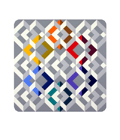| Works on Canvas Studio Tour Biography Books Poster Contact Home | ||||
|
MARKO SPALATIN / INDEX OF SERIGRAPHS |
||||
|
This index is a comprehensive document of the artist's major works on paper (serigraphs) from 1969 to the present. It may also be used to check availability and prices of individual serigraphs and to make online purchases. |
|
|||
 |
Cabria Portfolio of Six Prints 2003 |
Limited Edition of 100 |
Paper Size: 12½" x 11½" |
|
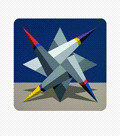 |
Akumal Portfolio of Eight Prints 2001 |
Limited Edition of 70 |
Paper Size: 25" x 28½" |
|
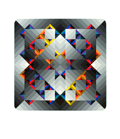 |
Prizma Portfolio of Eight Prints 1997 |
Limited Edition of 70 |
Paper Size: 25" x 29" |
|
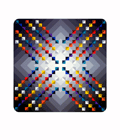 |
Pulsar Portfolio of Eight Prints 1993 |
Limited Edition of 70 |
Paper Size: 25" x 29" |
|
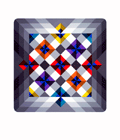 |
Matrix Portfolio of Eight Prints 1991 |
Limited Edition of 70 |
Paper Size: 25" x 29" |
|
 |
Quantum Portfolio of Eight Prints 1989 |
Limited Edition of 70 |
Paper Size: 25" x 29" |
|
|
Chronos Portfolio of Eight Prints 1988 |
Limited Edition of 70 |
Paper Size: 25" x 29" |
||
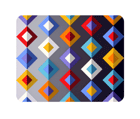 |
Nebula Portfolio of Eight Prints 1987 |
Limited Edition of 70 |
Paper Size: 23" x 29" |
|
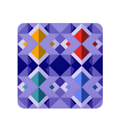 |
Mistral Portfolio of Four Prints 1986 |
Limited Edition of 70 |
Paper Size: 23" x 29" |
|
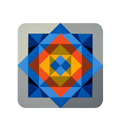 |
Chiapas Portfolio of Eight Prints 1986 |
Limited Edition of 70 |
Paper Size: 23" x 29" |
|
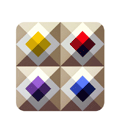 |
Orikus Portfolio of Six Prints 1985 |
Limited Edition of 70 |
Paper Size: 25" x 29" |
|
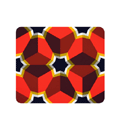 |
Hexagon Portfolio of Eight Prints 1984 |
Limited Edition of 80 |
Paper Size: 23" x 29" |
|
 |
Rhombus Portfolio of Eight Prints 1984 |
Limited Edition of 80 |
Paper Size: 23" x 29" |
|
 |
Nautica Portfolio of Twelve Prints 1982 |
Limited Edition of 80 |
Paper Size: 25" x 29" |
|
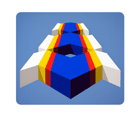 |
Hydroid Portfolio of Nine Prints 1981 |
Limited Edition of 70 |
Paper Size: 25" x 30" |
|
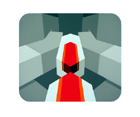 |
Uxmal Portfolio of Four Prints 1980 |
Limited Edition of 70 |
Paper Size: 25" x 30" |
|
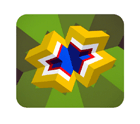 |
Trygon Portfolio of Four Prints 1980 |
Limited Edition of 70 |
Paper Size: 25" x 30" |
|
 |
Parnasos Portfolio of Eight Prints 1979 |
Limited Edition of 70 |
Paper Size: 25" x 30" |
|
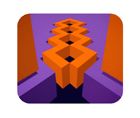 |
Palancar Portfolio of Eight Prints 1978 |
Limited Edition of 70 |
Paper Size: 25" x 30" |
|
 |
Xcaret Portfolio of Ten Prints 1977 |
Limited Edition of 70 |
Paper Size: 25" x 30" |
|
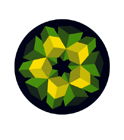 |
Pamul Portfolio of Eight Prints 1976 |
Limited Edition of 70 |
Paper Size: 25" x 30" |
|
 |
Silba Portfolio of Nine Prints 1975 |
Limited Edition of 70 |
Paper Size: 25" x 30" |
|
 |
Oblik Portfolio of Twelve Prints 1975 |
Limited Edition of 70 |
Paper Size: 25" x 30" |
|
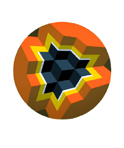 |
Figure Portfolio of Fourteen Prints 1974 |
Limited Edition of 60 |
Paper Size: 25" x 30" |
|
 |
Module Portfolio of Twelve Prints 1973 |
Limited Edition of 60 |
Paper Size: 25" x 30" |
|
 |
Cube Series #2 Portfolio of Six Prints 1972 |
Limited Edition of 60 |
Paper Size: 25" x 30" |
|
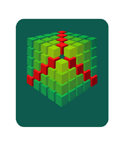 |
Cube Clusters Portfolio of Six Prints 1971 |
Limited Edition of 60 |
Paper Size: 25" x 30" |
|
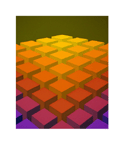 |
Cube Fields Portfolio of Eight Prints 1970 |
Limited Edition of 60 |
Paper Size: 25" x 30" |
|
 |
Cube Series Portfolio of Twelve Prints 1970 |
Limited Edition of 60 |
Paper Size: 22" x 22" |
|
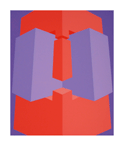 |
Lumen Portfolio of Twenty Prints 1970 |
Limited Edition of 50 |
Paper Size: 17" x 21" |
|
|
PHOTOS NOT AVAILABLE |
Astro Portfolio of Twenty-Five Prints 1969 |
Limited Edition of 15 |
Paper Size: 15" x 19" |
|

